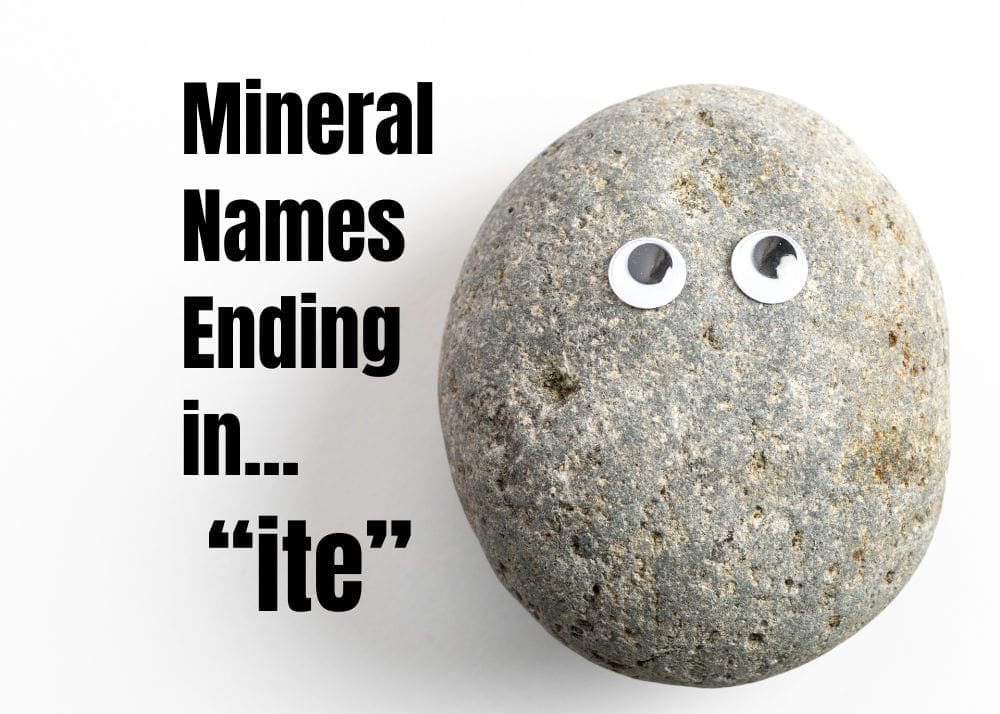Why Do All Those Rocks and Minerals End in “ite”?
Have you ever wondered why so many mineral names end with the syllable “ite”? This linguistic pattern is no coincidence, and it carries with it a rich history dating back to ancient times. Delving into the etymology of mineral names is like a geological exploration itself, revealing the cultural layers and scientific advances that shaped the language of the Earth’s treasures.
A Glimpse into the Past
The suffix “ite,” resonant and familiar, has been affixed to mineral names by the Greeks and later by the Romans. These civilizations used the endings “ites” and “itis” to denote qualities, uses, constituents, or localities related to minerals and rocks. For instance, “siderites,” now known as siderite, derived from the Greek word for iron, was named for its iron content. Similarly, “haematites” (now hematite) took its cue from the word for blood due to the red hue exhibited when the mineral was powdered.
From Lite to Ite
In classical times, these naming conventions were consistently applied, excluding personal names. It is believed that the “lite” ending originated from the French suffix “lithe,” which is, in turn, derived from “lithos,” the Greek word for stone. Occasionally, the “lite” ending might have simply been a linguistic convenience, making the names easier to pronounce.
Beyond the Norm
While “ite” remains predominant, other endings have also added a melodious touch to the mineral lexicon. The ending “ine” gives us minerals like olivine, tourmaline, and nepheline. “Ane” is present in cymophane, while “ase” shines in dioptase, euclase, and orthoclase. Then there’s “yre,” found in the rare dipyre.
Engaging with Our Geological Heritage
Understanding the origins of mineral names is not just an academic exercise; it connects us with the intellectual heritage of past civilizations. The names are mnemonic devices that encapsulate the mineral’s essence, its history, and, sometimes, its utility. For the curious minds and avid learners, these names are a gateway to the wondrous and colorful world beneath our feet.
Popular Minerals Ending in ‘ite’
Below is a table showcasing 50 fascinating minerals and rocks that end with the magical “ite,” inviting us to explore their hidden tales and geological significance.
| Popular Minerals Ending in ‘ite’ | Popular Rocks Ending in ‘ite’ |
|---|---|
| Quartzite | Amphibolite |
| Halite | Basaltite |
| Fluorite | Dacite |
| Calcite | Rhyolite |
| Magnetite | Phonolite |
| Hematite | Obsidianite |
| Aragonite | Trachyte |
| Barite | Pumicite |
| Pyrite | Chertite |
| Sphalerite | Comendite |
| Biotite | Pantellerite |
| Muscovite | Theralite |
| Albite | Tonalite |
| Celestite | Andesite |
| Garnetite (a term sometimes used for rocks rich in garnet) | Trondhjemite |
| Dolomite | Anorthosite |
| Chalcopyrite | Dunite |
| Malachite | Foidolite |
| Kyanite | Ijolite |

